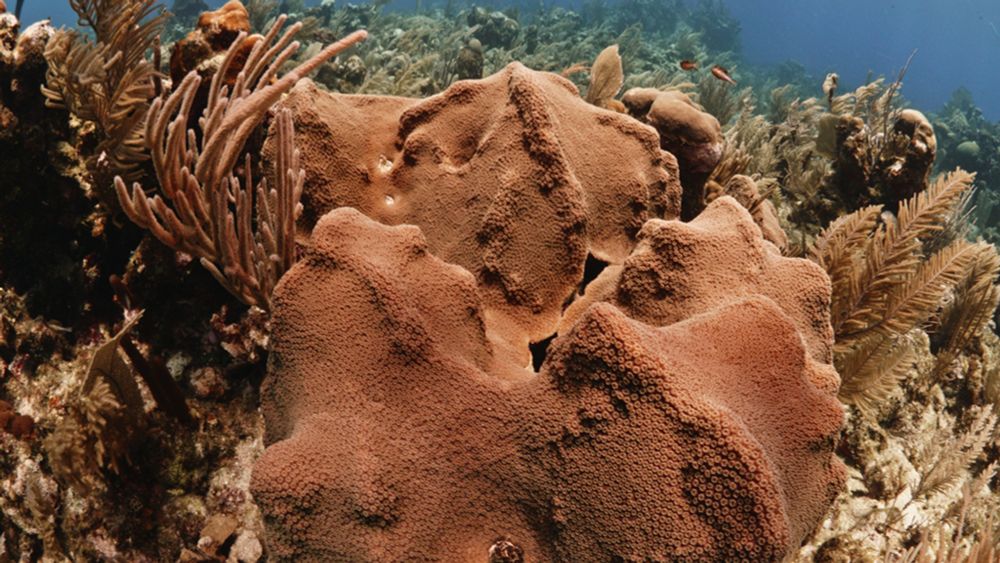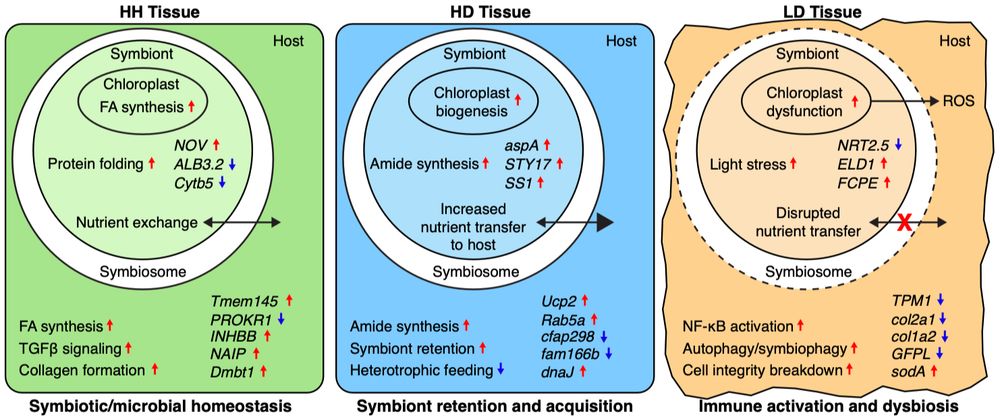Kelsey Beavers, PhD
@kelseybeavers.bsky.social
380 followers
320 following
13 posts
Computational Biologist @TACCutexas🤘🏻Interested in developing resources to streamline coral ‘omics research and discovery🧬🖥️ Let’s collaborate! [email protected]
Posts
Media
Videos
Starter Packs
Reposted by Kelsey Beavers, PhD
Reposted by Kelsey Beavers, PhD

















